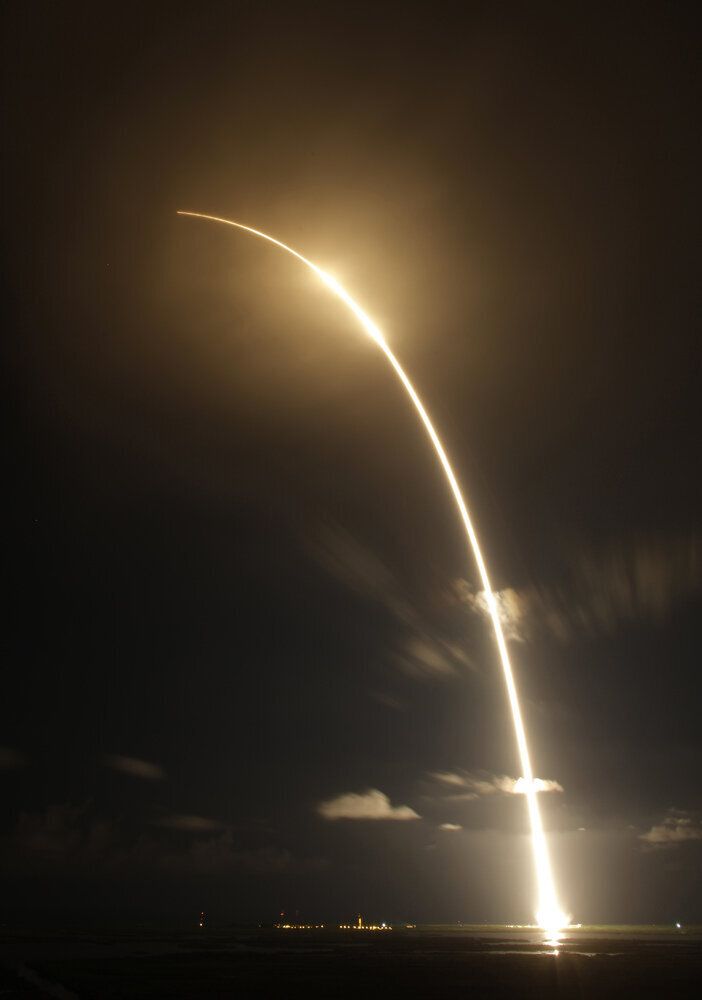The launch of the first private mission to resupply the International Space Station looked like it went off perfectly on Monday.
But a new video appears to show that it may have actually sustained serious damage during lift-off.
The Falcon 9 rocket worked well enough to make it into orbit safely - and there were no crew on board at the time.
But in a slow-motion clip of what SpaceX said was an "anomaly", it is possible to see a burst of flame and smoke before debris breaks off from the craft and falls away.
The engine which failed was one of nine on the rocket.
Fortunately, the craft is designed to insulate the remaining engines from these events - and on-board systems reroute the extra fuel to those that are still working, meaning they can burn for longer, reroute the craft on a new path in real time and still make it to space.
SpaceX said in a statement that the engine did not explode and the craft was unaffected by the incident.
Approximately one minute and 19 seconds into last night's launch, the Falcon 9 rocket detected an anomaly on one first stage engine. Initial data suggests that one of the rocket's nine Merlin engines, Engine 1, lost pressure suddenly and an engine shutdown command was issued immediately.
We know the engine did not explode, because we continued to receive data from it. Our review indicates that the fairing that protects the engine from aerodynamic loads ruptured due to the engine pressure release, and that none of Falcon 9's other eight engines were impacted by this event.
As designed, the flight computer then recomputed a new ascent profile in real time to ensure Dragon's entry into orbit for subsequent rendezvous and berthing with the ISS. This was achieved, and there was no effect on Dragon or the cargo resupply mission.
Falcon 9 did exactly what it was designed to do. Like the Saturn V, which experienced engine loss on two flights, Falcon 9 is designed to handle an engine out situation and still complete its mission.
The SpaceX Dragon capsule lifted off from Cape Canaveral early on Monday morning.
The unmanned capsule will bring 400kg of supplies to the ISS.
The supplies will include food, clothes and experiments, and is the first of 12 missions that Space X will eventually fly to the space station.
It will return with about twice as much cargo as it left with, mostly scientific research and hardware. Crucially it will be able to return frozen samples, which is a big boon to the scientific community.
Space Exploration Technologies Corp (Space X) has a contract with Nasa that is worth a total of $1.6bn, and is the current replacement for the retired Space Shuttle previously used to restock the ISS.
